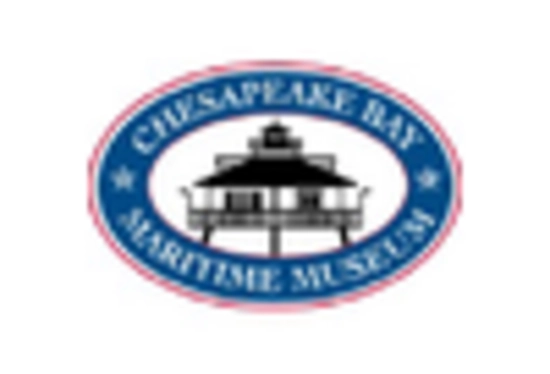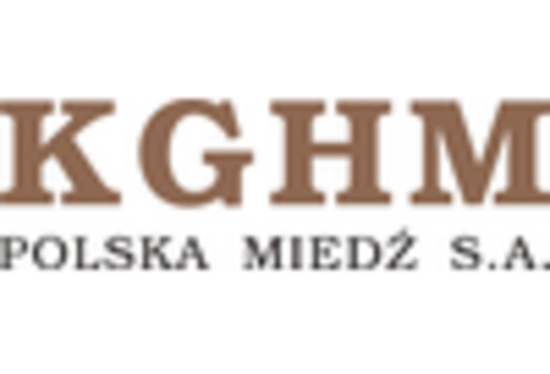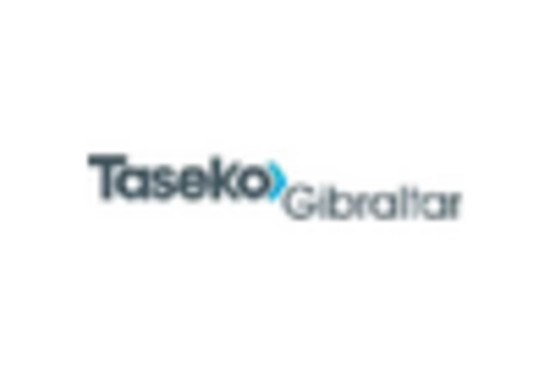Increasing Use in Superconductors
The Niobium Hydride Market is experiencing a notable increase in demand due to its application in superconductors. Superconductors are materials that can conduct electricity without resistance, and niobium hydride is a promising candidate for high-temperature superconductors. The market for superconducting materials is projected to grow significantly, with estimates suggesting a compound annual growth rate of over 10% in the coming years. This growth is driven by the need for efficient energy transmission and advanced technologies in various sectors, including transportation and medical imaging. As industries seek to enhance performance and reduce energy losses, the role of niobium hydride in superconductors becomes increasingly critical, thereby propelling the Niobium Hydride Market forward.
Growing Applications in Electronics
The Niobium Hydride Market is experiencing growth due to its expanding applications in the electronics sector. Niobium hydride is utilized in the production of capacitors and other electronic components, which are essential for modern electronic devices. The electronics market is projected to grow at a compound annual growth rate of approximately 6%, driven by the increasing demand for consumer electronics and smart devices. As the need for high-performance electronic components rises, niobium hydride's unique properties make it an attractive option for manufacturers. This trend is likely to bolster the Niobium Hydride Market, as it aligns with the broader growth of the electronics sector.
Rising Interest in Advanced Materials
The Niobium Hydride Market is benefiting from the growing interest in advanced materials across various sectors. Niobium hydride is recognized for its unique properties, including high melting points and excellent mechanical strength, making it suitable for applications in aerospace, automotive, and electronics. The advanced materials market is projected to expand significantly, with estimates suggesting a growth rate of around 8% annually. This expansion is driven by the need for lightweight and durable materials that can withstand extreme conditions. As industries increasingly adopt advanced materials to enhance performance and efficiency, niobium hydride's role becomes more pronounced, thereby contributing to the growth of the Niobium Hydride Market.
Expansion in Hydrogen Storage Solutions
The Niobium Hydride Market is poised for growth as hydrogen storage solutions gain traction. Niobium hydride is recognized for its potential in hydrogen storage applications due to its ability to absorb and release hydrogen efficiently. With the increasing focus on hydrogen as a clean energy source, the demand for effective storage solutions is likely to rise. Market analyses indicate that the hydrogen storage market could reach several billion dollars by the end of the decade, driven by advancements in fuel cell technologies and the push for sustainable energy systems. This trend positions niobium hydride as a key player in the evolving landscape of energy storage, thereby enhancing its relevance in the Niobium Hydride Market.
Technological Innovations in Manufacturing
The Niobium Hydride Market is witnessing a surge in technological innovations that enhance manufacturing processes. Advances in production techniques, such as powder metallurgy and additive manufacturing, are improving the efficiency and quality of niobium hydride production. These innovations are expected to reduce costs and increase the availability of niobium hydride for various applications. Market forecasts indicate that the manufacturing sector for niobium hydride could see a significant uptick, potentially increasing by 15% over the next few years. As manufacturers adopt these new technologies, the Niobium Hydride Market is likely to experience enhanced competitiveness and growth opportunities.


















Leave a Comment